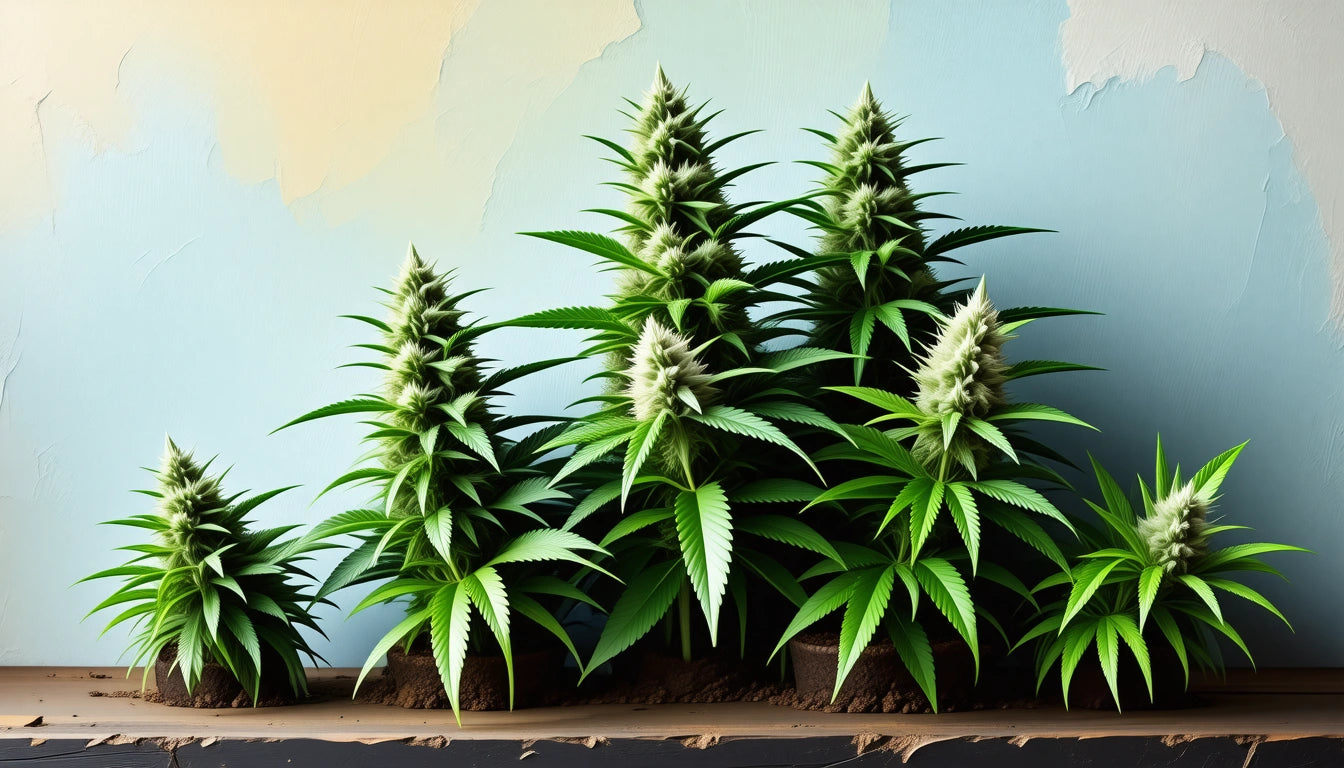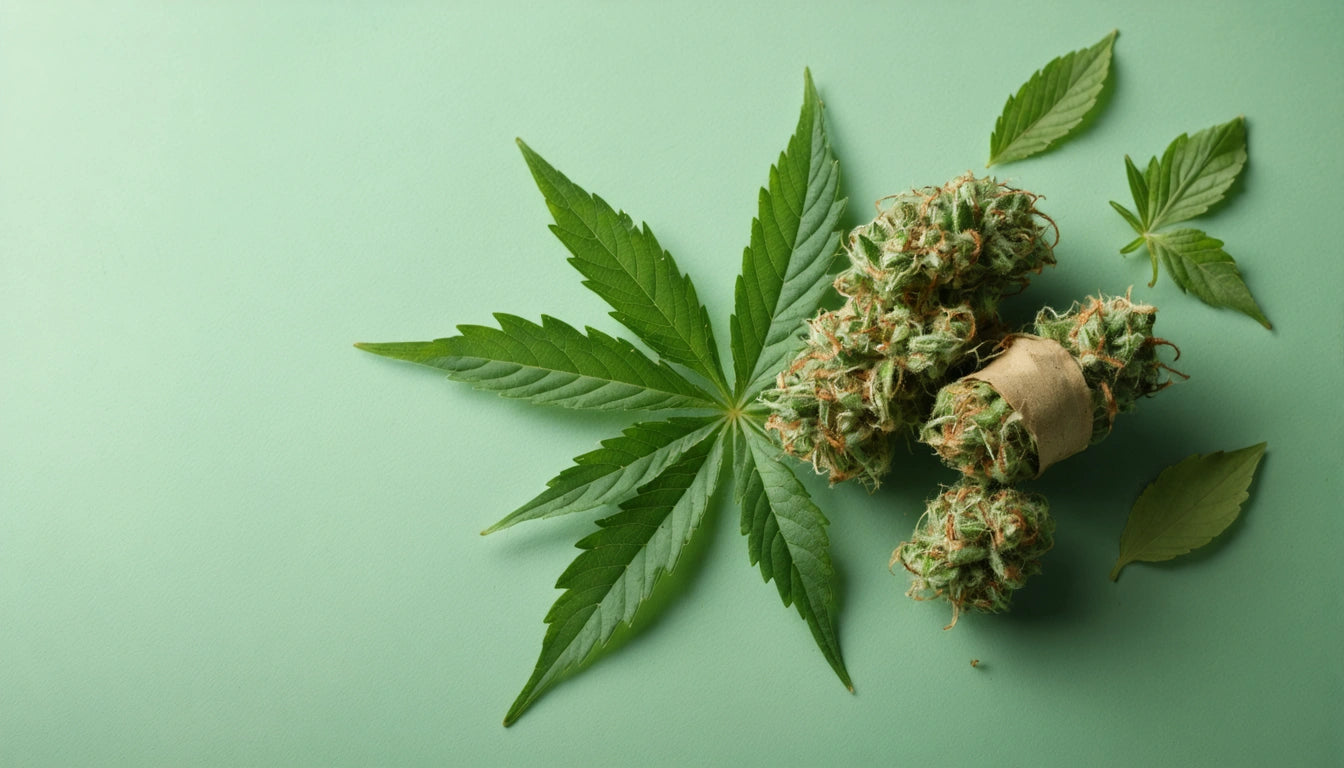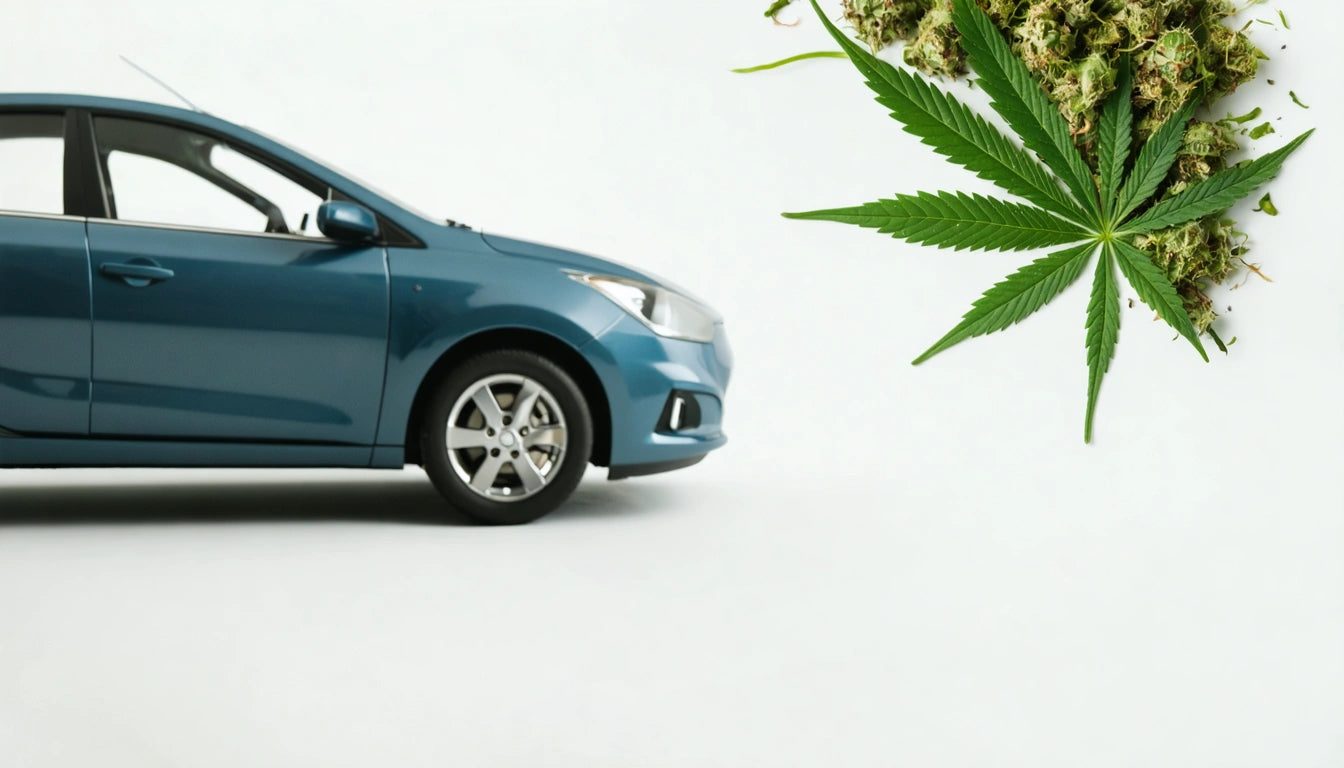Table of Contents
- Cannabis Flowering Basics: Understanding the Reproductive Cycle
- Flowering Timeline: When Do Pot Plants Begin to Bloom
- Male vs. Female Cannabis Flowers: Critical Differences
- Environmental Factors That Trigger and Affect Flowering
- Maximizing Flowering Potential: Cultivation Techniques
- Harvesting Guidelines: Identifying Peak Flower Maturity
Do Pot Plants Flower and When Can You Expect Blooms?
Cannabis plants do indeed flower, and understanding their flowering cycle is crucial for successful cultivation. Whether you're a novice grower or simply curious about cannabis botany, knowing when pot plants flower and what to expect during this vital phase can help you appreciate the complexity of this remarkable plant.
Cannabis Flowering Basics: Understanding the Reproductive Cycle
Cannabis is a dioecious plant, meaning it produces separate male and female plants. The flowers are the reproductive organs of the plant, and they develop differently based on the plant's sex. Female cannabis plants produce the resin-rich buds prized for consumption, while males produce pollen sacs necessary for seed production.
According to research on cannabis anatomy, the flowering structures begin forming at the nodes where branches meet the main stem. As flowering progresses, these structures develop into either pollen sacs (males) or pistil-covered calyxes (females).
Flowering Timeline: When Do Pot Plants Begin to Bloom
Cannabis plants are photoperiod-sensitive, meaning their flowering cycle is triggered by changes in light exposure. In natural outdoor conditions, pot plants typically begin flowering in late summer when daylight hours decrease. Indoor growers can induce flowering by adjusting light cycles to 12 hours of light and 12 hours of darkness.
Typical Cannabis Flowering Schedule:
- Pre-flowering (Week 1-3): Initial signs of sex appear
- Early flowering (Week 3-4): Distinct flower structures form
- Mid-flowering (Week 4-6): Rapid bud development
- Late flowering (Week 6-8+): Maturation and resin production
The complete flowering period typically lasts 7-9 weeks for indica-dominant strains and 10-12 weeks for sativa-dominant varieties. Yield potential increases dramatically during this time as flowers develop and mature.
Male vs. Female Cannabis Flowers: Critical Differences
Identifying plant sex is crucial for cultivation success. Distinguishing between male and female plants becomes possible during the pre-flowering stage, approximately 4-6 weeks after germination.
Female Flowers:
Female cannabis flowers appear as small, teardrop-shaped calyxes with protruding white pistils (hair-like structures). These develop into the resinous buds sought after for consumption. As flowering progresses, these structures cluster together, forming dense, sticky colas covered in trichomes.
Male Flowers:
Male plants develop small, round pollen sacs that hang like balls from the nodes. These sacs eventually open to release pollen. Most cultivators remove male plants before they can pollinate females, as pollination redirects the plant's energy from resin production to seed development.
For those growing for consumption rather than seed production, proper storage solutions with child-resistant lids become essential once the flowers are harvested, ensuring both compliance and freshness.
Environmental Factors That Trigger and Affect Flowering
While light cycle is the primary trigger for flowering, several environmental factors influence when pot plants flower and the quality of the blooms:
- Temperature: Ideal flowering temperatures range between 65-80 °F (18-26 °C)
- Humidity: Gradually reduce from 50% in early flowering to 30-40% in late flowering
- Nutrients: Reduced nitrogen and increased phosphorus and potassium during flowering
- Water: Consistent watering with slight reduction as harvest approaches
Stress factors like temperature extremes, light leaks during dark periods, or nutrient imbalances can delay flowering or cause plants to develop hermaphroditic traits (both male and female reproductive organs).
Maximizing Flowering Potential: Cultivation Techniques
Several cultivation techniques can enhance flowering and increase yield:
Training Methods:
Low-stress training (LST), Screen of Green (SCROG), and topping are methods that create more even canopies and multiple bud sites. According to growth potential research, these techniques can significantly increase yield by creating more flowering sites receiving optimal light.
Defoliation:
Strategic removal of fan leaves during early flowering can improve light penetration to lower bud sites. However, this technique requires experience to avoid stressing the plant.
Light Spectrum:
During flowering, cannabis responds best to light in the red and far-red spectrum (around 660nm). Many growers switch from blue-dominant vegetative lights to red-dominant flowering lights to maximize bud development.
Understanding cannabis leaf appearance throughout the flowering stage can help growers identify potential issues before they affect bud development.
Harvesting Guidelines: Identifying Peak Flower Maturity
Determining the optimal harvest time requires close observation of trichome development. These resin glands contain the highest concentration of cannabinoids and terpenes, and their appearance changes as they mature:
- Clear trichomes: Immature, lower potency
- Cloudy/milky trichomes: Peak THC production
- Amber trichomes: THC beginning to degrade into CBN (more sedative effects)
Most cultivators harvest when 70-90% of trichomes have turned cloudy, with some beginning to amber. This timing provides the optimal balance of potency and effect profile.
For those interested in the botanical distinctions, understanding cannabis terminology helps clarify the differences between flower, bud, and other plant components.
By recognizing when pot plants flower and understanding the factors that influence this crucial developmental stage, cultivators can maximize both yield and quality. The flowering phase transforms cannabis from a leafy plant into a resin-rich medicinal herb, highlighting the remarkable adaptability and complexity of this ancient botanical species.











Leave a comment
All comments are moderated before being published.
This site is protected by hCaptcha and the hCaptcha Privacy Policy and Terms of Service apply.